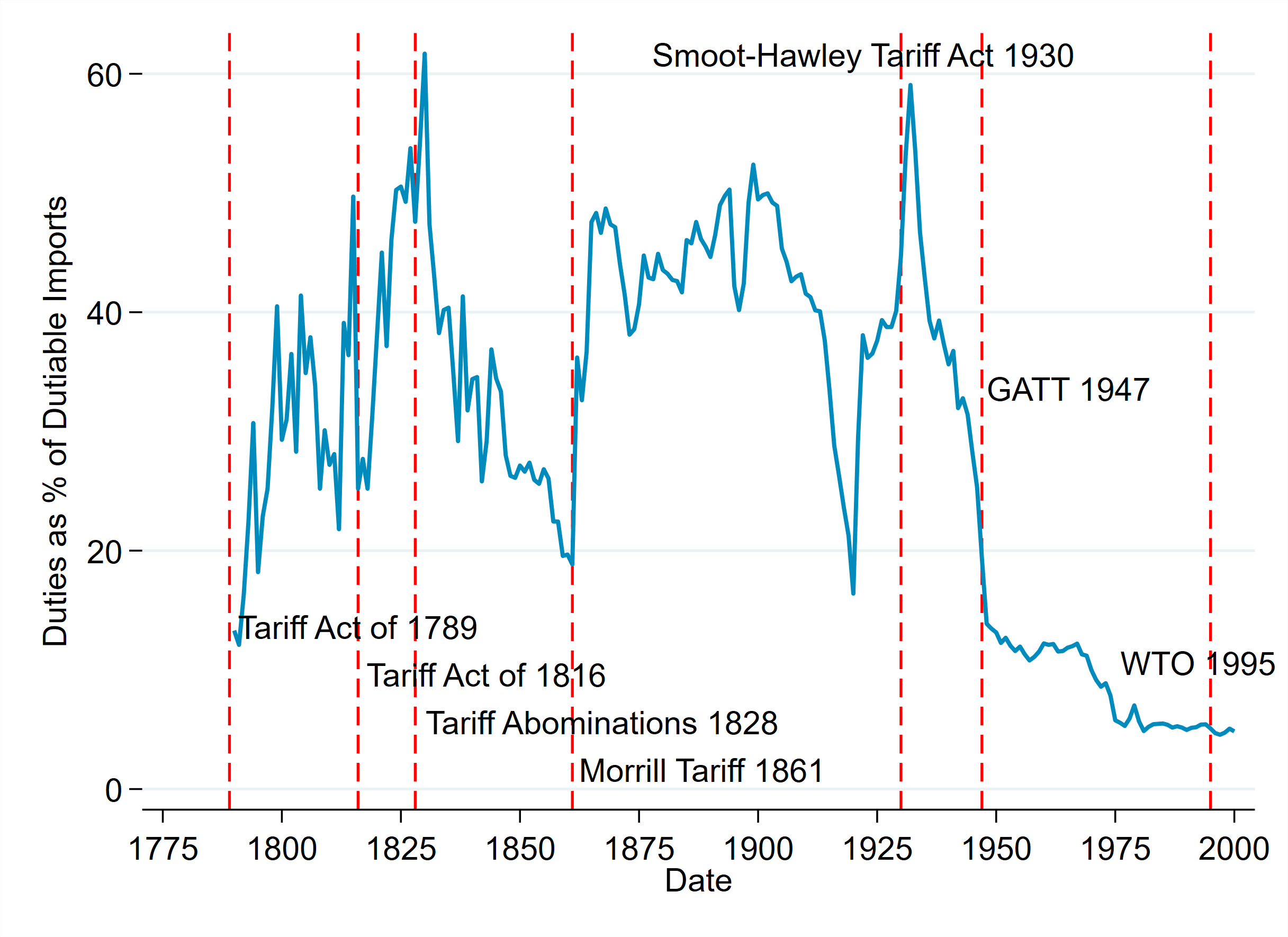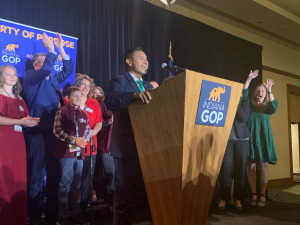US-India Trade Talks: Trump's Stance On Tariff Cuts

Table of Contents
Trump's Initial Approach: Escalation of Tariffs and Trade Disputes
The Trump administration's initial approach to US-India trade was marked by a significant escalation of tariffs. This marked a departure from previous, more conciliatory approaches to bilateral trade. The imposition of tariffs on various Indian goods, notably steel and aluminum, ignited a trade dispute that significantly impacted the economic relationship between the two nations. The justification for these tariff increases rested on several key arguments:
- National security concerns: The administration cited national security as a primary reason, arguing that certain imports posed a threat to American industries crucial for national defense.
- Unfair trade practices accusations: Allegations of unfair trade practices by India, including high tariffs and restrictive market access policies, were frequently levied.
- Trade deficit reduction goals: A core tenet of the Trump administration's trade policy was reducing the US trade deficit. Tariffs on Indian goods were seen as a tool to achieve this goal.
This initial imposition of tariffs set the stage for a period of heightened trade tensions, often characterized as the beginning of a potential trade war between the US and India. The resulting trade disputes significantly impacted various sectors in both countries.
The Rationale Behind Trump's Tariff Strategy Towards India
Trump's tariff strategy towards India was deeply rooted in his "America First" policy. This protectionist approach prioritized American interests, often at the expense of traditional international trade norms. The underlying economic and political motivations were multifaceted:
- Protecting American industries: Tariffs were intended to shield American industries, particularly steel and aluminum producers, from what the administration perceived as unfair competition.
- Strengthening American manufacturing: The goal was to boost American manufacturing by reducing reliance on foreign imports and encouraging domestic production.
- Negotiating more favorable trade deals: The use of tariffs was often a negotiating tactic, aiming to pressure India into making concessions and agreeing to more favorable trade deals for the US.
This economic nationalism significantly impacted the bilateral trade relationship, pushing it into a more confrontational phase.
Negotiations and Attempts at Tariff Reduction: A Look at the Ups and Downs
Despite the initial escalation, there were attempts at negotiation and compromise throughout Trump's presidency regarding tariff reductions with India. These efforts, however, were often fraught with challenges:
- Differences in trade priorities: The US and India had differing priorities, leading to disagreements on the scope and nature of any potential tariff reductions.
- Concerns over intellectual property rights: Intellectual property rights (IPR) emerged as a significant sticking point in the negotiations, with the US pressing for stronger protections for American companies in India.
- Issues related to market access: The US sought greater market access for American goods and services in India, while India had its own concerns about market access in the US.
These negotiations were characterized by a series of meetings and dialogues, but ultimately yielded limited progress towards substantial tariff reductions during Trump's tenure.
The Impact of Trump's Tariff Policies on US-India Trade
Trump's tariff policies had significant short-term and long-term consequences on US-India trade. The impact reverberated throughout various sectors in both countries:
- Increased costs for consumers: Tariffs led to increased prices for consumers in both the US and India, affecting the affordability of goods impacted by the trade dispute.
- Disruption of supply chains: The imposition of tariffs disrupted global supply chains, leading to delays and increased costs for businesses relying on imports from either country.
- Retaliatory tariffs from India: India responded to the US tariffs with its own retaliatory tariffs, further exacerbating the trade tensions and escalating the economic costs.
The overall effect was a decline in bilateral trade, undermining the economic benefits of cooperation between the two nations.
Conclusion: Understanding Trump's Legacy on US-India Trade Talks and Future Prospects
Trump's approach to tariff cuts concerning India was characterized by an initial escalation of tariffs, driven by protectionist aims and a focus on the "America First" policy. This strategy, while aiming to protect American industries and renegotiate trade deals, resulted in significant disruptions to US-India trade relations, increased costs for consumers, and hampered supply chains. While subsequent administrations have adopted a different approach, the legacy of these trade disputes continues to shape the ongoing dialogue. To fully understand the current dynamics, further research into the intricacies of US-India trade relations, ongoing tariff negotiations, and the evolution of bilateral trade agreements is crucial. Understanding this complex interplay is essential for navigating the future of this critical economic relationship.

Featured Posts
-
 How Pedro Pascals Colorful Fantasy Performance Took Over The Internet
May 18, 2025
How Pedro Pascals Colorful Fantasy Performance Took Over The Internet
May 18, 2025 -
 Gilbert Burns Ko D Michael Morales Emerges Victorious At Ufc Vegas 106
May 18, 2025
Gilbert Burns Ko D Michael Morales Emerges Victorious At Ufc Vegas 106
May 18, 2025 -
 Daily Lotto Draw Sunday April 27th 2025 Winning Numbers
May 18, 2025
Daily Lotto Draw Sunday April 27th 2025 Winning Numbers
May 18, 2025 -
 Fsu Shooting Victims Fathers Cia Past Revealed
May 18, 2025
Fsu Shooting Victims Fathers Cia Past Revealed
May 18, 2025 -
 Kanye Wests New Song Featuring Diddy And North West Released Despite Kim Kardashians Intervention
May 18, 2025
Kanye Wests New Song Featuring Diddy And North West Released Despite Kim Kardashians Intervention
May 18, 2025
